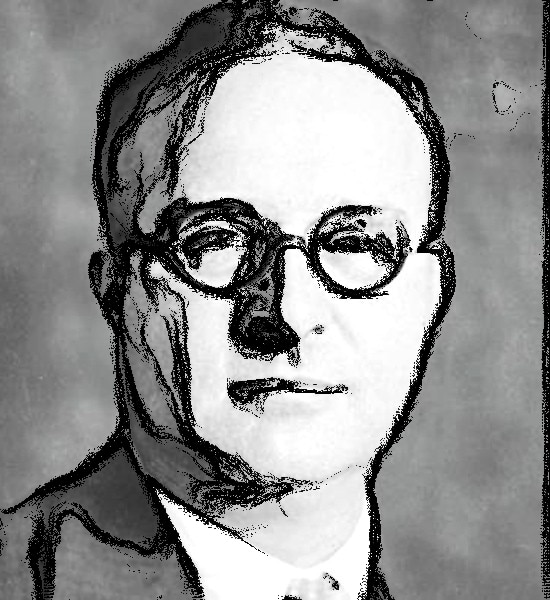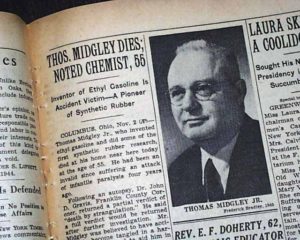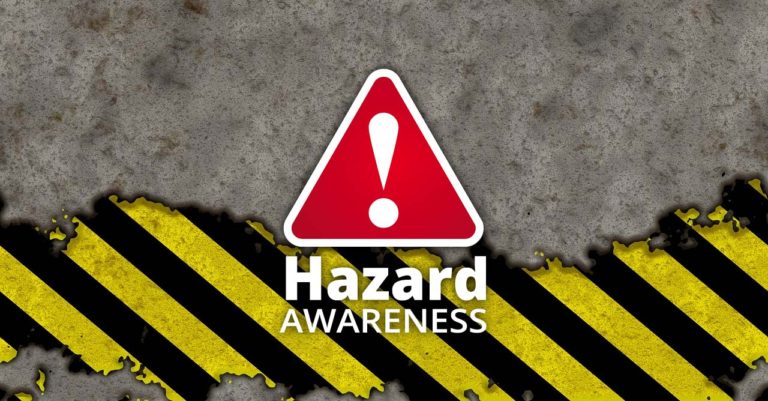
Kevin’s Blog/ Nice try, Midgley!
Kevin’s Blog
Has anyone ever given you a sarcastic “nice try” after you made a bad decision?
. . . or had a good intention go bad?
. . . or solved a problem, with a solution that caused another problem?
Most of us have had something like this happen, but usually, we only caused problems for ourselves, or maybe those around us. Hopefully, none of us will ever be compared with one of the most infamous “well-intentioned problem solvers” of the 20th century.
This man’s inventions caused the impairment and death of workers, poisoned the environment and even changed the makeup of Earth’s protective atmosphere!
American Thomas Midgley, Jr. was a mechanical and chemical engineer,
and an inventor who held over 100 patents.

But . . . Midgley also played a leading role in developing
2 of the most environmentally destructive substances ever known.
TEL Anti-Knock Gasoline Additive (Tetraethyl Lead)
The first was a gasoline additive that turned gasoline into leaded gasoline.
(In case you didn’t know, we actually added lead to gasoline, so “unleaded gas” is really just “gas”.)
General Motors hired a young Midgely in 1916, and in 1921 he was working at a GM subsidiary called Dayton Research Laboratories. Eventually, he discovered that adding tetraethyl lead (TEL) to gasoline fuel solved the problem of engine knock in GM’s new high compression engines.
Unfortunately, a lot of workers tasked with handling TEL developed lead poisoning, and there were at least 7 worker deaths in 1923 and 1924. Despite the health effects reported by workers, TEL became a major additive in the gasoline industry for decades. After decades of use, causing untold health and environmental damage, TEL was outlawed in Canada (1993) and the USA (1996).
It turned out that burning leaded gasoline put huge quantities of lead into the atmosphere. This has been linked to many serious long-term health problems, such as neurological damage. There may even be a connection to increases and decreases in urban violence and crime rates that closely follow the increases and decreases in TEL usage over the same time period.
Freon (chlorofluorocarbons, or CFCs)
Midgley struck again later in the 1920s, when he was part of the team that developed chlorofluorocarbons. CFCs were developed to replace the extremely dangerous refrigerants of the day, which were flammable, or explosive, or poisonous. The new CFCs were not flammable, and Midgley even inhaled CFC gas at public events to prove its safety. CFCs were eventually also used as propellant in spray cans of all kinds, and in materials like Styrofoam.
Unfortunately, again, his invention turned out to have serious unintended consequences, only this time, life on earth was potentially in jeopardy.
By the 1980s, it became known that CFCs had depleted the ozone layer high in the atmosphere, to the point where “holes” began to appear over the Polar Regions. The ozone layer blocks out UV radiation to protect the planet, and it was estimated that skin cancer rates had increased by 5% for every 1% decline in ozone. The entire world recognized this, and one of the most unanimous agreements in the histroy of the United Nations was signed in 1987. Called the Montreal Protocol, it brought the world together in the effort to ban CFCs and re-establish the ozone layer.
It appears we got lucky on this one, as the ozone layer seems to have recovered substantially.
nice try . . . please stop now
Midgley was a prolific inventor. Historians describe him as having had more impact on the Earth’s atmosphere than any other single organism in history. Apparently, though, most of that impact wound up being bad!!!
The Surprise Ending
Thomas Midgley Jr. contracted polio in 1940, leaving his legs disabled. Because of this, he decided to invent a hoist system to help him in and out of bed. By 1944 had a working model that he used himself.
Unfortunately, once again, one of his inventions had unintended and unforeseen results. On November 2, 1944, Midgley got tangled in his device’s cables and was strangled to death.

Nice try, Midgley . . .
Kevin Fox is a senior technical writer at Contendo.
He is a power engineer who has written process education programs for industrial clients since 2009.
This Post Has One Comment
Leave a Reply
You must be logged in to post a comment.




Pingback: Nice try, Midgley! - Kevin Fox Freelance Writing Kevin Fox Freelance Writing